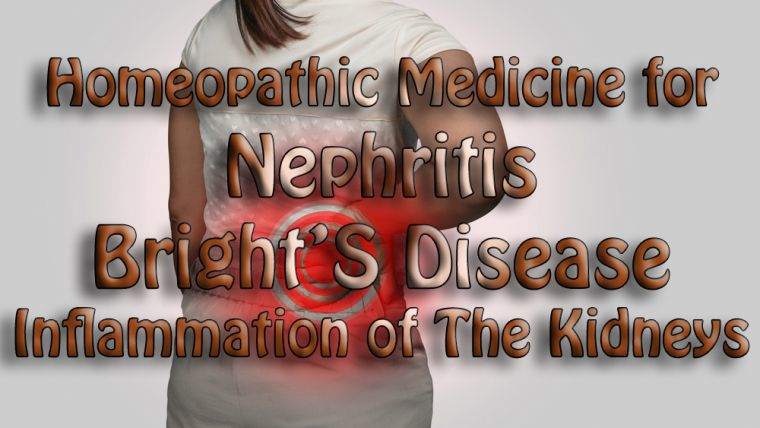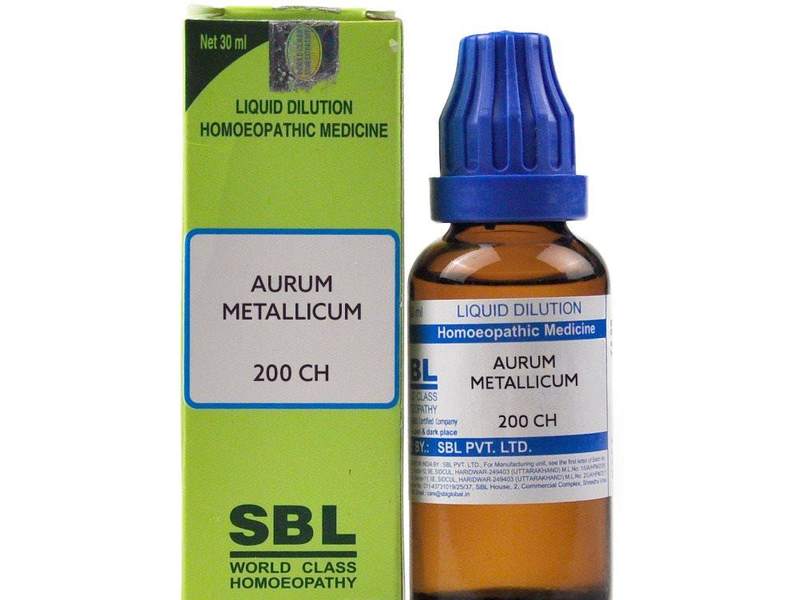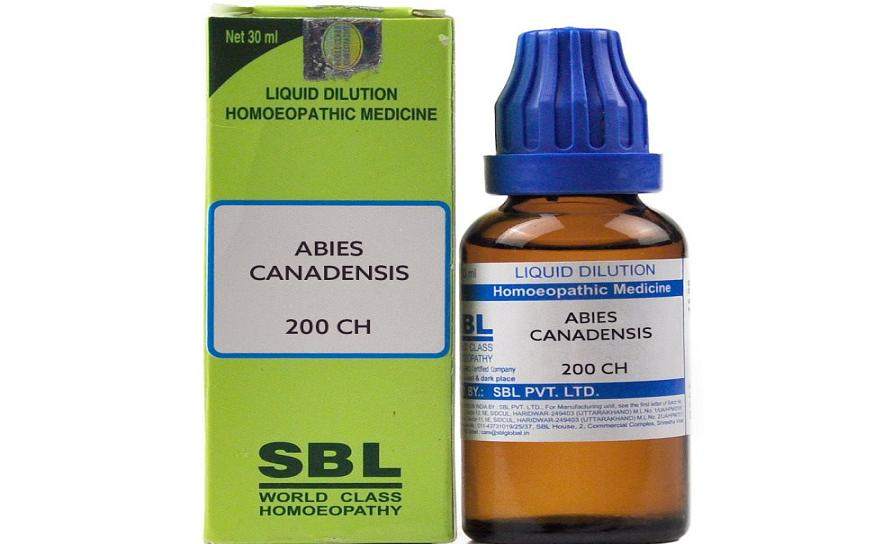Homeopathic Medicine for Nephritis – Bright’S Disease – Inflammation of The Kidneys
₹1,900.00 Original price was: ₹1,900.00.₹1,384.00Current price is: ₹1,384.00.
Homeopathic Medicine for Nephritis – Bright’S Disease – Inflammation of The Kidneys
Aconitum nap. (Thrice a day): Acute nephritis in children with a large abdomen. It is useful for all when there is exposure by sudden cold or getting wet when perspiring.
Apis mel. (Thrice a day): Swelling of the face, legs and feet. Pale skin. Scanty urine. Pain in the head, back and legs. Kidney region painful. Urine is bloody and contains albumin.
Arsenicum alb. (Thrice a day): The urine is dark, loaded with casts and albumin. The patient has a pale skin. He is restless. He sips water in small quantities at shorter intervals and desires warmth. The. face is swollen. Convulsions and fear of death. Watery diarrhea. It covers all the stages of this disease.
Benzoicum acidum (Thrice a day): Urine is pungent smelling and dark. Sharp pain in the kidneys.
Calcarea sulph. (Thrice a day): Gradual emaciation and debility. Urine contains pus and is burning. Anemia.
Cantharidinum 6 (Thrice a day): Glomerular nephritis. Its use makes the passage of nutritive fluids to the capillaries easier. It is also useful for the increase in blood sugar in cases of nephritis.
Fuchsinum 6 (Thrice a day): Cortical nephritis i.e., inflammation of the outer layer of kidney, with albuminuria. Severe abdominal pains maybe present.
Helleborus (Thrice a day): Smell of urine from the body. Convulsions. Unconsciousness with dilatated pupils.
Kalium chlor. 6c (Thrice a day): Nephritis with haemoglobinuria and stomatitis. Urine is dark, scanty and contains albumin, phosphates and bile. Chronic nephritis.
Mercurius cor. (Thrice a day): Nephritis in pregnant women. Swelling of feet. Urine is scanty and loaded with casts and albumin. It may contain red sand.
Picricum acidum (Thrice a day): Bloody urine with fatty pieces of epithelium. Debility.
NOTE: Symptoms of kidney failure can include fatigues, puffiness around the eyes or ankles, paleness of the skin and decreased production of urine.
Related products
Homeopathic Medicine
Homeopathic Medicine
Homeopathic Medicine
Abies Canadensis Homeopathic Medicine – Abies Canadensis Uses
Homeopathic Medicine
Homeopathic Medicine
Homeopathic Medicine
Homeopathic Medicine
Homeopathic Medicine











